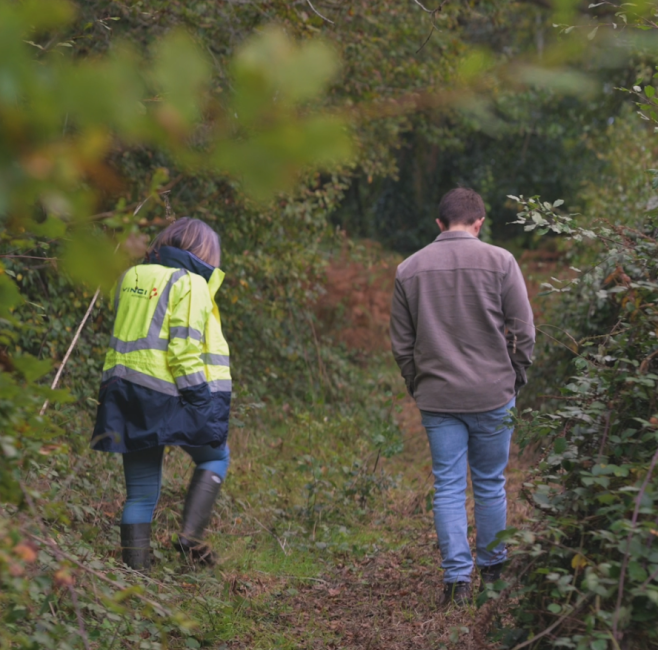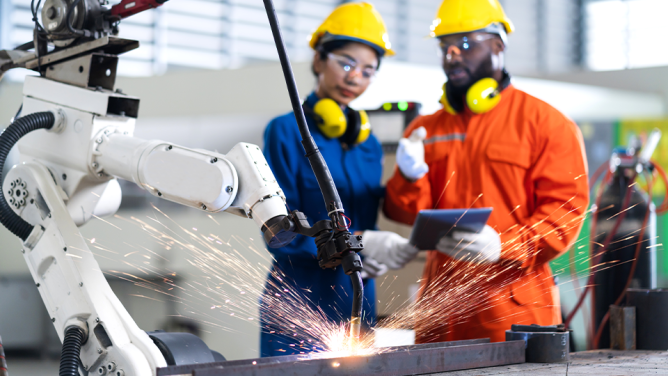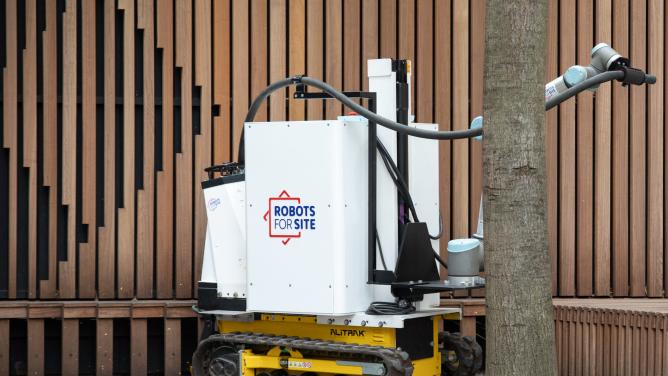Like several other companies, Netcarbon is supported by Leonard through its CATALYST program, which helps mature start-ups scale their projects by deploying them directly on VINCI Group’s operational sites.
To reach carbon neutrality by 2050, France must reduce its emissions sixfold and double its carbon sinks. According to the French National Research Institute for Agriculture, Food and the Environment (INRAE), even modest improvements in land use—through soil renaturation and the adoption of agroecological practices—could enable the country to store nearly 30 million tonnes of CO₂ per year, representing around 7.5% of total national emissions across all sectors.
Land use scenarios
Maximizing land use to sequester carbon, restore ecosystems, and foster biodiversity—this is the mission of Netcarbon, a Bordeaux-based start-up founded in 2022 by Adrien Mazeau and Basile Goussard. The company has developed a simulation and monitoring software solution capable of recommending the most effective soil management practices. Created in collaboration with the French Space Agency (CNES), the National Institute for Research in Digital Science and Technology (INRIA), and INRAE, the technology combines on-the-ground data, satellite imagery, and artificial intelligence to monitor soil conditions and generate highly detailed land-use scenarios. These recommendations are tailored to the specific characteristics of the soil, vegetation, and local biodiversity—with precision down to the centimeter.
This innovative approach appealed to VINCI Autoroutes, which, beyond its core business of operating and maintaining road infrastructure, owns 28,000 hectares of natural land in France. This land portfolio plays a key role in the Group’s broader ecological transition strategy. “We’ve set a goal to restore over 200 sites across the country. Netcarbon will help us make the most of our land,” says Florent Delval, Environment Officer at VINCI Autoroutes.
Carbon Sequestration Simulation
Building on its partnership with the Bordeaux-based start-up, VINCI Autoroutes has been testing Netcarbon’s solution for several months on a number of its sites, including Brétinière in the Vendée region. “The principle is simple: we provide Netcarbon with the geographic coordinates of land parcels where we plan to carry out renaturation projects. The platform then converts land-use data into carbon sequestration estimates. And when we don’t yet have a defined project, Netcarbon can suggest the most relevant scenarios—such as renaturation or solar development—along with multi-year carbon sequestration simulations,” explains Florent Delval.
Another key advantage of Netcarbon’s innovation is that, like all nature-based solutions, it is significantly more cost-effective than industrial carbon removal technologies. Building on this pilot project with VINCI Autoroutes, Netcarbon is now working to enhance its model by incorporating new indicators to monitor and track biodiversity, in addition to data on emissions and carbon capture.



